Have you ever researched the effectiveness of any of the following herbs for babesia: magnolia bark, yarrow flowers, noni, neem, and / or turmeric? Magnolia is an ingredient in Relora (patented combo with Phellodendron) and helps hubby with sleep but caused increased night sweats and other babesia symptoms. Magnolia was previously used for malaria I think. All the other herbs are listed in a journal article from August, 2005 which I believe was published after the Healing Lyme book. Would it be ok to take all these things together and any ideas on suggested doses? Hubby has actually tried everything except the noni at low doses. He has already taken artemesinin for 15 months, with no success. He got dizzy this morning and had a fall and seizures are coming back. We really need some advice.
To treat babesia successfully a good systemic is essential and because the disease is so similar to malaria, malaria herbs are a good idea. I am most partial to artemesia and cryptolepis. Cryptolepis is hard to find unfortunately as there are virtually no commercial producers for it in the U.S. If you have already used artemisinin and it did not work, are you sure your husband actually has babesia?
If so, I would use cryptolepis, 1 tsp 3x daily of the tincture for 10-14 days for babesia. 3x daily is what I use for antibiotic resistant staph infection of long duration. Normally, babesia should not need to be treated for months and months with artemisinin. If it works it should work within 30 days max. Although cryptolepis has no known side effects or contraindications it is a strong herb and I definitely would not go over 30 days of use.
Yarrow is good for feverish sweats but I would not necessarily used it for Babesia except for symptom relief. I am not a fan of neem for systemic disease and don’t know much about noni. I have used turmeric a lot for liver problems and it would help some. Still I think red root and boneset are the best approaches for babesia if artemisinin did not work. Have you tried these yet?





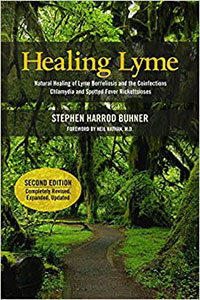
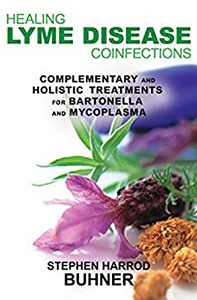
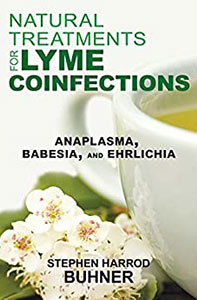
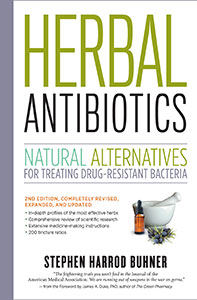
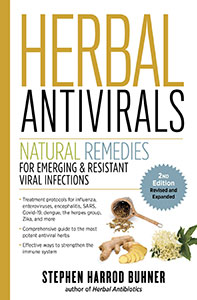



0 Comments